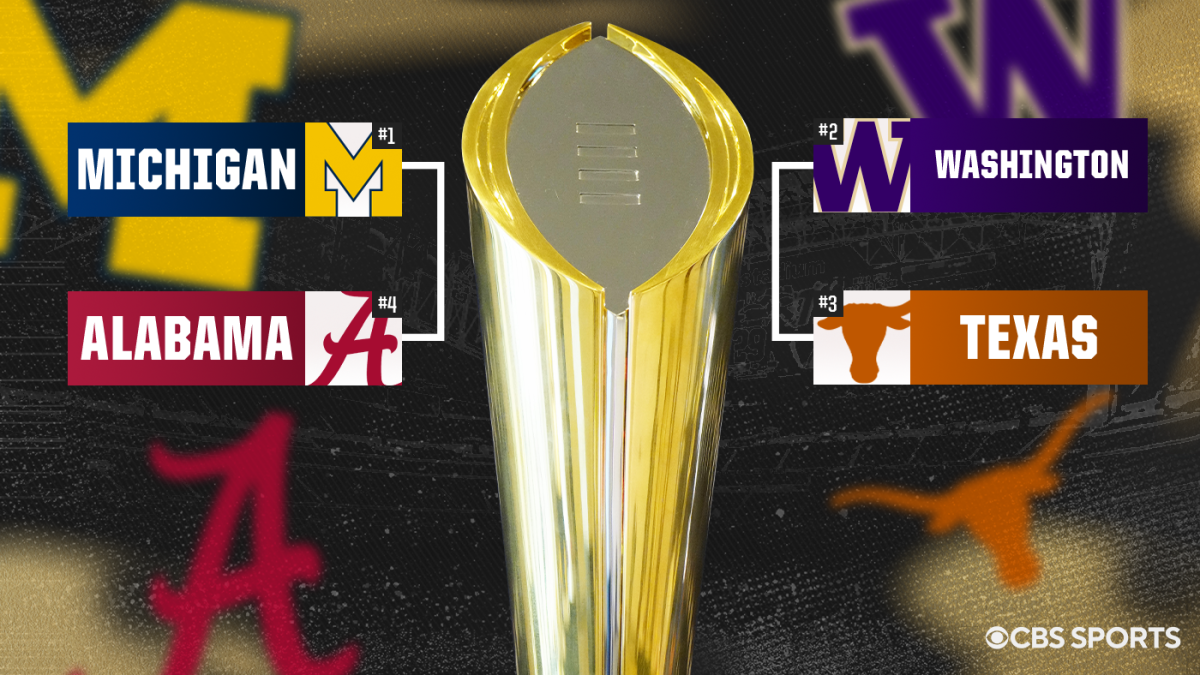My son is 15 and learning to drive. Sitting (squirming/ praying) in the car with a new driver has brought back some incredibly vivid 30-year-old memories from my driver’s education experience.
Our county offered this class at the district level. So, as sophomores we’d load the bus and head off to a joint facility shared by multiple high schools. After a month or two in rudimentary simulators, we finally hit the roads. Each car went out with three students (one driving and two in the back) and an instructor. My understanding is that this model is extremely rare now, and trust me, I see all the reasons it has gone the way of the VHS tape.
One day, I was in the backseat with a girl from another high school. The kid driving was from my school. For this blog’s purposes, we’ll call him John. Actually, that was his real name. Since it was three decades ago and he has one of the most common names out there, there’s really no need to disguise his identity.
John was unique. I had Biology with him the year before. Smart, quiet, but apt to both say and do some bizarre things at inappropriate times. Yea, if you are thinking, “Wow. That does not seem like a good combo for driving,” then buckle up, friends.
We are in the right lane going about 35-40 MPH on a busy four-lane road and headed toward a big intersection. The instructor said, “OK. We are going to take a left at this light.”
John continues to drive.
Five seconds later and about a quarter mile from the intersection, she repeats, “Up here we’re going to take a left.”
John was not picking up on this cue, and I could not help myself.
An eighth of a mile out I say, “John. You need to get into the other lane.” Without checking his mirrors, he literally swerves into the left lane.
At that moment, the light turns yellow.
Now, what he should have done was slowly brake. But not John. He punches it. (Told you- bizarre things at inappropriate times.)
The girl in the back with me grabs my hand with a look of sheer terror. And that’s when things went from bad to worse.
Unbeknownst (bonus points if you had that word on your blog bingo card) to all of us, the instructor had an override brake on her side of the car. Whaaaaaatttt???!!! And she steps on it hard.
Meanwhile, John is still gassing it. The combination leaves us diagonally stopped in the middle of the intersection. Instructor lady is yelling at John, the girl next to me is starting to break bones in my hand, and John is looking down at his foot completely befuddled by how he can be hitting the gas and yet at a complete stop.
Outside the car things are getting ugly. Cars from every direction are beeping because we’re blocking all traffic. Chaos.
Apparently, “the John factor” was not accounted for in the manual, because instructor lady was totally flustered. She takes her foot off the override brake without warning him. Meanwhile, he’s got the pedal literally on the floor and we fishtail through the intersection and onto an embankment.
All blood has now effectively stopped flowing to my right hand. All blood has drained from the face of my backseat partner. But the blood is flowing big time in the front seat. John looks at her- and she looks at him- and they both start yelling. Chaos.
Seatbelts click. Doors slam. They switch seats. We drive the entire way back to the Drivers Ed center in complete silence. The girl next to me didn’t loosen her grip on my hand until we exited the car. Chaos.
Since my parents still live fairly close to that intersection, I go through it a few times each year. Every time we approach the light my hand goes numb, and I’m hyper-focused on the signal.
Red. Yellow. Green.
And while it’s probably just in my head, I’m still convinced I can see those tire marks ever so slightly up on the embankment.
In prior years, I’ve started January with Predictions, Messages for Students, and Hopes. I’ll likely get to the forecasting and unapologetic optimism in a few weeks, but unfortunately this year started the way they all have in college admission — with most nationally known and high-demand colleges posting January 1 deadlines. In my opinion, this is a terrible signal that creates an unnecessary traffic jam of frustration and chaos for students, families, counselors, and even admission offices themselves. And the truth is it is all avoidable.
Red Light- Application Deadlines on Weekends and Holidays need to stop.
A few years ago, Georgia Tech went away from having application deadlines on Saturdays, Sundays, or holidays/breaks. This makes our dates kind of random: October 16, January 4, as examples.
But let’s be honest, nobody needs a car stopped in the middle of an intersection with everyone beeping and yelling in frustration– especially on a weekend or a holiday. And that’s effectively what happens when students are working on applications without access to their teacher or counselor, or when they need to contact the college with a last-minute question only to find offices shutdown for winter break or closed for the weekend.
The truth is these dates also frustrate most admission staff and counselors too, since they come back on Monday or post-break to inboxes and voicemails filled with vitriol, consternation, and petitions for extensions.
Yellow Light
When you see a yellow light, you are supposed to consider distance, speed, other cars, and ultimately make a smart decision for you and others on the road. At the end of the day, having deadlines on weekends and holidays is like gassing it through the intersection while singing “because that’s the way we’ve always done it.” It’s a signal of laziness at best– and negligence or hubris at worst.
In 2024, I’m hopeful more enrollment and admission leaders will roll down their windows, pause to read the room (road), listen to the beeping, yelling, and chaos that deadlines on these days create and… well… actually lead.
Green light
There are many policies and practices in college admission that need to be re-examined. Some of those are hard, and in some cases perhaps impractical, to unwind. But the truth is that if a critical mass of well-known, highly- selective schools made this shift, it would green light a macro change–and we would be left with a safer, more friendly, and logical flow and pattern.
I wish I had one of those override brakes, because I’d step on it hard. Instead, I have this blog and possibly your collective voices to join me. Let’s work to clear the intersection here, people.
Oh… and Happy New Year!







